16 Things Women Had To Do In The ’50s That Would Be Unthinkable Today
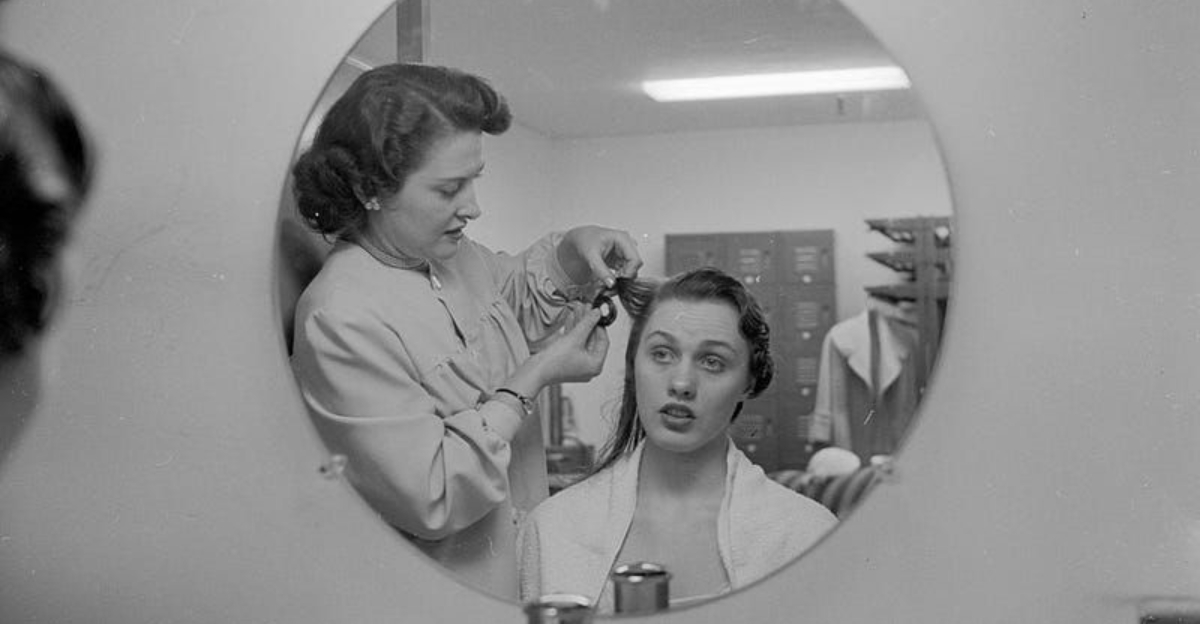
Growing up, I loved hearing my grandmother’s stories about life as a young woman in the 1950s. Her tales painted a vivid picture of a world so different from mine—one filled with charm, but also with strict rules and expectations for women.
While the post-war era often conjures images of poodle skirts, jukeboxes, and soda fountains, the reality for many women was far less carefree. Beneath the surface of that polished, picture-perfect decade lay a rigid set of societal norms that shaped everything from careers to relationships.
Listening to my grandmother, I couldn’t help but feel a deep appreciation for the freedoms women have fought for since then. In this post, we’ll take a nostalgic but honest look back at what daily life was really like for our grandmothers—highlighting both the sweet memories and the silent struggles that defined an entire generation of women.
1. Quit Their Jobs After Marriage
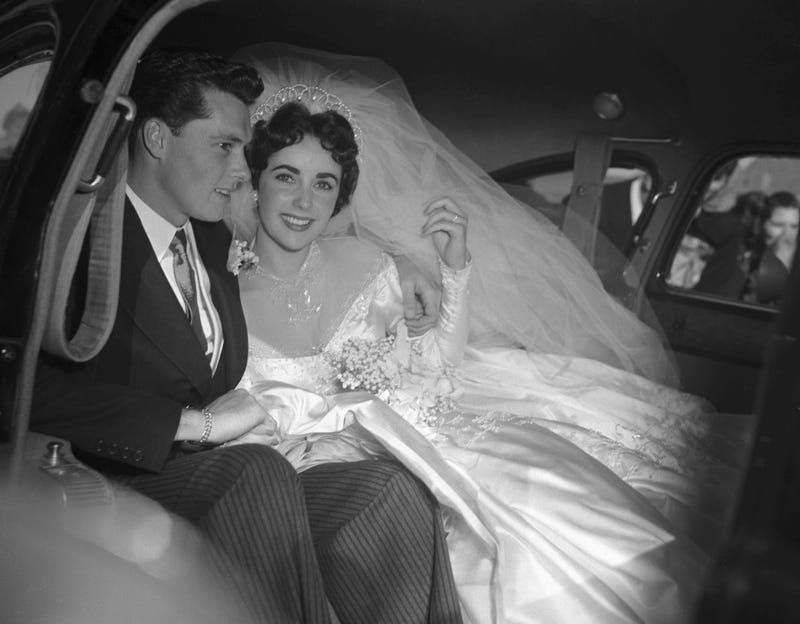
The wedding bells might as well have been alarm bells for my career! Once a woman said “I do” in the fabulous fifties, she often said “goodbye” to her paycheck. Many employers actually fired women when they got married, assuming their husbands would provide while they tended the home fires.
My aunt Marge was a whiz with numbers working at the local bank. The day after her honeymoon, her boss handed her a pink slip and a cake that read “Congratulations on your new career as Mrs. Johnson!” The bank wouldn’t dream of keeping a married woman on staff.
Some companies had explicit policies against employing married women, believing they couldn’t possibly focus on both work and wifely duties. Imagine trying that nonsense today – the lawsuits would pile higher than a beehive hairdo!
2. Seek Husband’s Permission for Financial Decisions
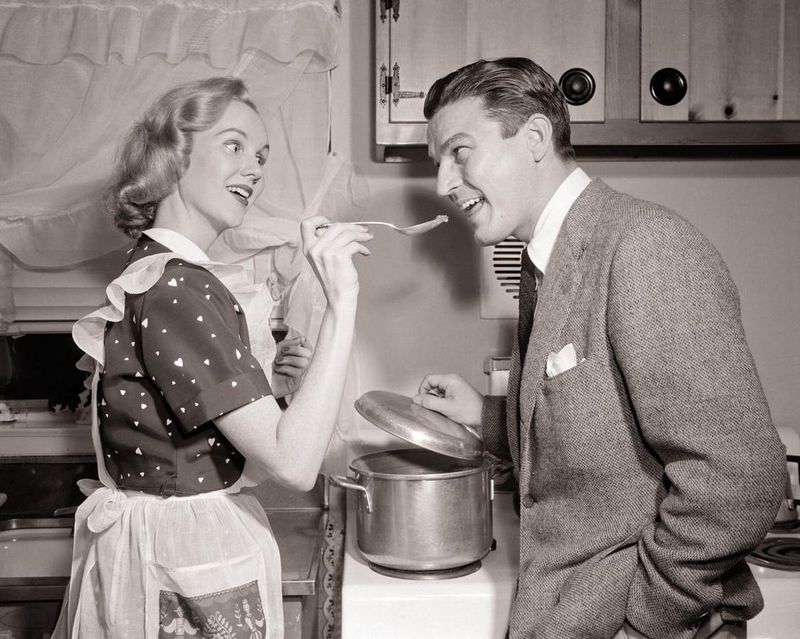
Bank accounts were like exclusive gentlemen’s clubs back then – no ladies allowed without a male escort! I remember my grandmother telling me how she couldn’t open a bank account, apply for a credit card, or secure a loan without her husband’s signature. Her money wasn’t really hers.
Shopping for big-ticket items? Better check with hubby first! Even if a woman earned her own money (which was rare enough), financial institutions viewed her as a dependent, not an independent person capable of managing finances. The notion that women couldn’t handle money was so ingrained that banks routinely denied services to single ladies.
Until the Equal Credit Opportunity Act of 1974, financial freedom remained a male privilege. Imagine needing permission to buy yourself a new dress with your own hard-earned cash! Talk about an allowance system gone wild.
3. Wear Girdles and Restrictive Undergarments Daily
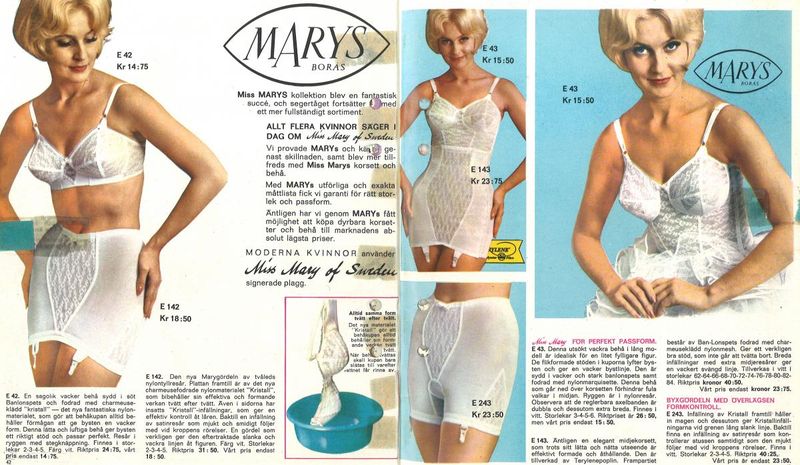
Holy moly, the things we squeezed into! Beauty was pain, honey, and in the ’50s, that pain came in the form of industrial-strength elastic wrapped around your midsection. Girdles weren’t optional—they were as essential as your morning coffee.
My grandmother’s getting-dressed routine took longer than my entire morning ritual today. First came the girdle (sometimes requiring another person’s help to zip or hook), then the bullet bra that could poke someone’s eye out, followed by garters to hold up those pesky stockings that ran if you looked at them funny.
Women literally couldn’t breathe properly in these contraptions. Fainting wasn’t just a dramatic movie scene—it happened regularly because these torture devices restricted blood flow and compressed internal organs! And we thought today’s shapewear was uncomfortable.
4. Serve Husband Dinner Promptly at 6
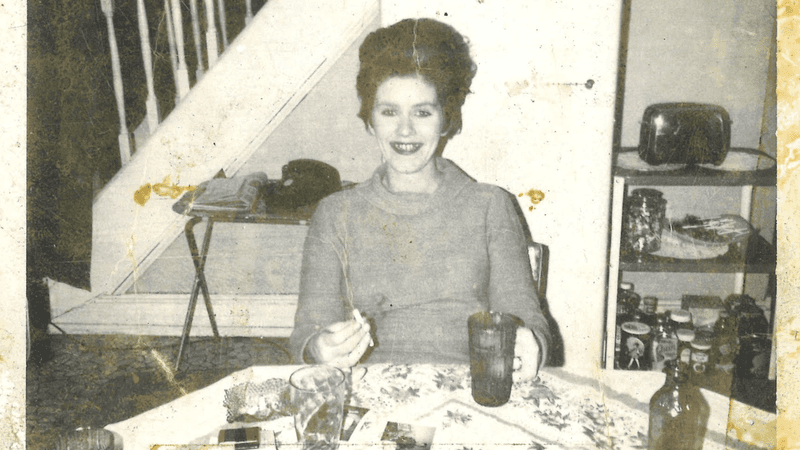
Tick-tock goes the kitchen clock! Heaven forbid dinner wasn’t on the table the moment hubby walked through the door. Women’s magazines actually published schedules for housewives to follow, ensuring dinner was hot and ready precisely when the man of the house arrived home.
My grandmother kept a handwritten schedule taped inside her kitchen cabinet: 4:30 PM start dinner prep, 5:45 PM set table, 6:00 PM serve meal with pleasant smile (yes, the smile was literally on her checklist). The pressure cooker wasn’t just for cooking—it was the daily stress of domestic perfection.
Late dinner could signal wifely incompetence or, worse, indifference to hubby’s needs. A 1955 Good Housekeeping article advised: “Try to make that evening meal a special event; remember, your husband has been working all day for you.” For me? Pretty sure he was working for that mortgage payment!
5. Ask Permission to Use the Family Car
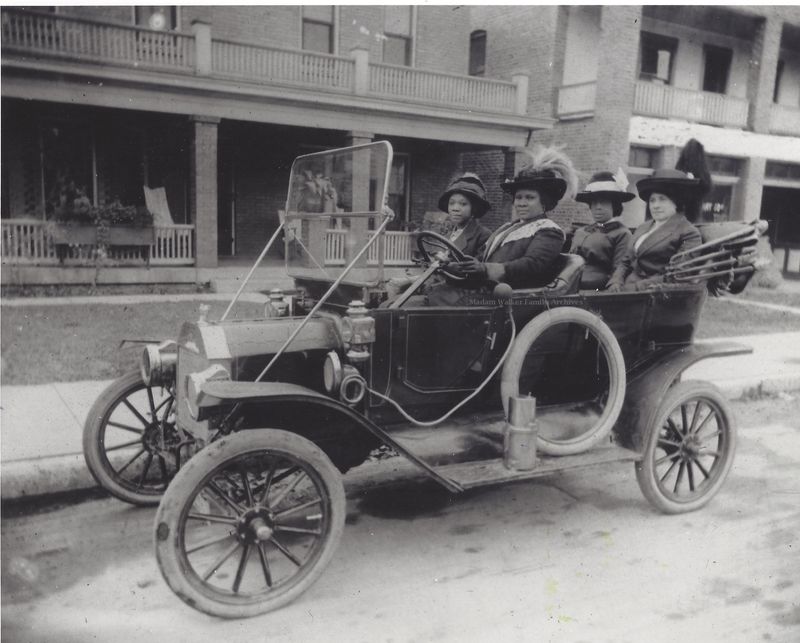
Vroom-vroom? More like please-please! The family car might as well have had “His” engraved on the steering wheel. Women rarely owned vehicles independently and typically needed explicit permission to use the family car, even for essential errands like grocery shopping.
My great-aunt Doris kept a little notebook by the phone where she’d jot down her driving requests for the week. On Sunday evenings, she’d present this list to Uncle Frank, who’d decide which trips were necessary and which could be combined or eliminated. Talk about micromanagement!
Many men justified this control by claiming women were poor drivers (despite statistics showing otherwise) or by insisting the car was too complicated for the “little lady” to handle. Some husbands even removed the car keys from their wives’ possession when they left for work—the automotive equivalent of being grounded!
6. Follow Husband-Pleasing Handbooks
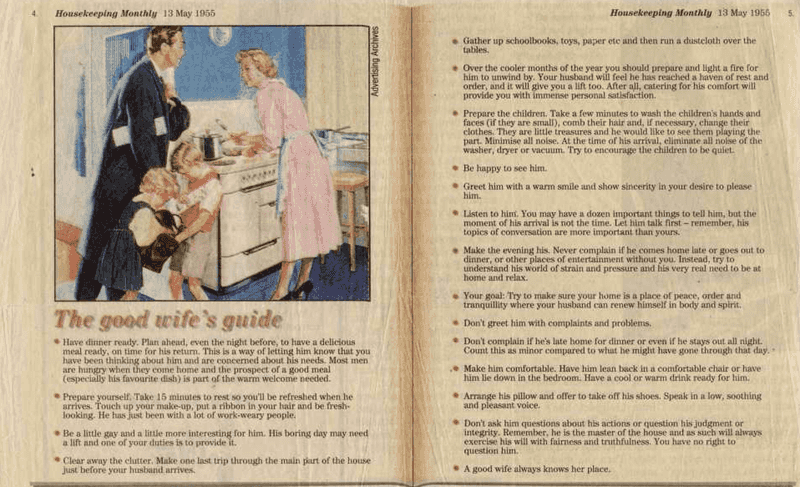
Ladies, have you memorized your wifely duties yet? The ’50s were the golden age of instructional manuals for women on how to be the perfect spouse. I found my grandmother’s dog-eared copy of “The Good Wife’s Guide” with highlights and notes in the margins—talk about required reading!
These handbooks contained gems like: “Listen to him. Remember, his topics of conversation are more important than yours” and “A good wife always knows her place.” They advised women to greet husbands with a cool drink and warm smile, never complain about their own day, and always look pretty (but not too pretty, lest you make him suspicious).
My favorite absurd tip? “Don’t ask him questions about his actions or question his judgment. Remember, he is the master of the house.” Master? Last I checked, I wasn’t signing up for feudal servitude when I got married!
7. Endure Pregnancy Without Partner’s Involvement
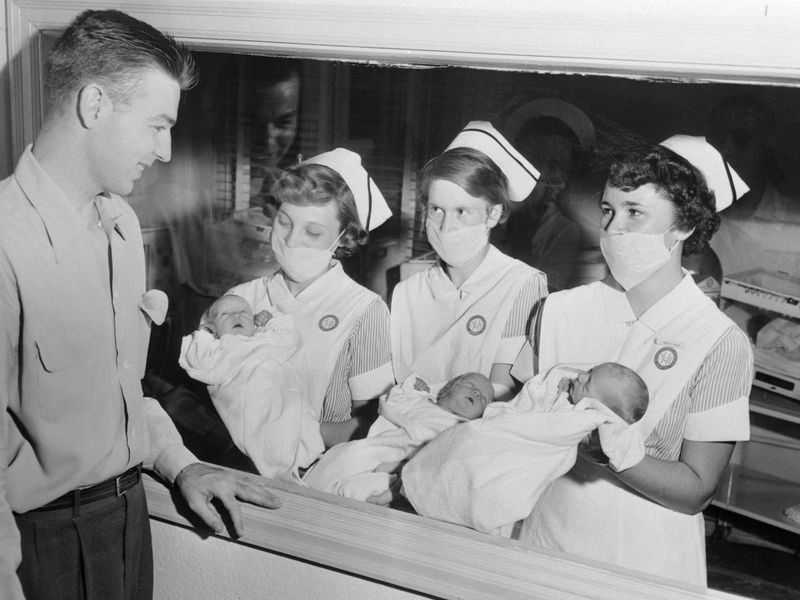
Bun in the oven? That’s women’s business! When my grandmother was expecting my mom, my grandfather never once attended a doctor’s appointment. Men weren’t just discouraged from the delivery room—they were flat-out banned, relegated to pacing in waiting rooms and handing out cigars.
Pregnancy was treated as something vaguely embarrassing. Women wore tent-like “maternity clothes” designed to conceal their condition as long as possible. Many workplaces forced visibly pregnant women to take unpaid leave because their appearance was considered “indecent” for public view.
The bizarre part? Despite being excluded from the pregnancy process, men maintained complete authority over medical decisions. Doctors often discussed a woman’s health exclusively with her husband, seeking his permission for procedures while ignoring the actual patient. Imagine your spouse signing off on your appendectomy while you sit mute in the examination room!
8. Maintain Perfectly Styled Hair at All Times
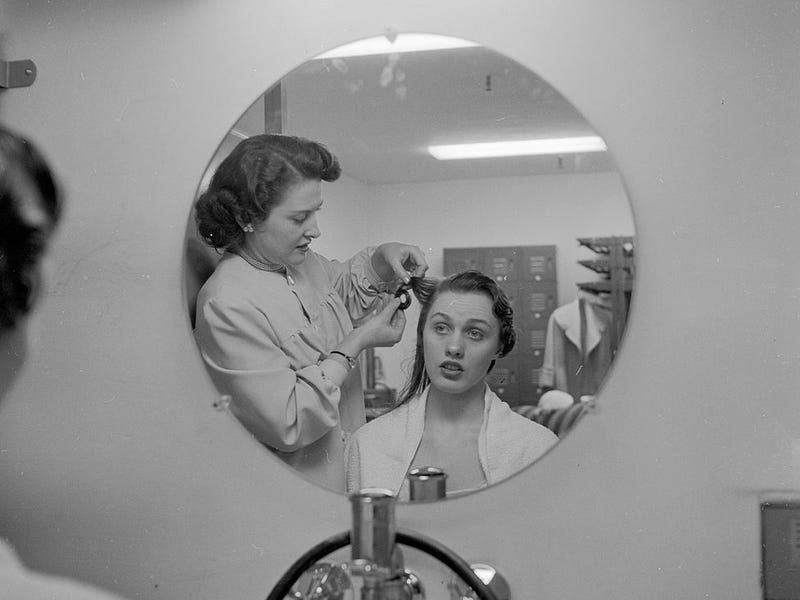
Sleep in curlers? You betcha! Women’s hair maintenance routines were practically Olympic-level endurance events. My grandmother slept on hard plastic rollers wrapped in toilet paper (to prevent creases), covered with a hairnet, all to ensure her coiffure was immaculate when hubby opened his eyes in the morning.
Weekly appointments at the beauty parlor were non-negotiable social contracts. Missing your standing appointment could spark neighborhood gossip about your declining standards. Many women budgeted carefully to afford these essential services, sometimes sacrificing personal needs to maintain their required appearance.
The ultimate sin? Being caught by unexpected visitors with hair in curlers. Women would literally hide in closets or bathrooms if the doorbell rang while they were mid-styling process. A 1952 women’s magazine advised: “Never let your husband see you with your hair in curlers—it destroys the illusion of effortless beauty he cherishes.” Effortless? Ha!
9. Submit to Husband as Head of Household
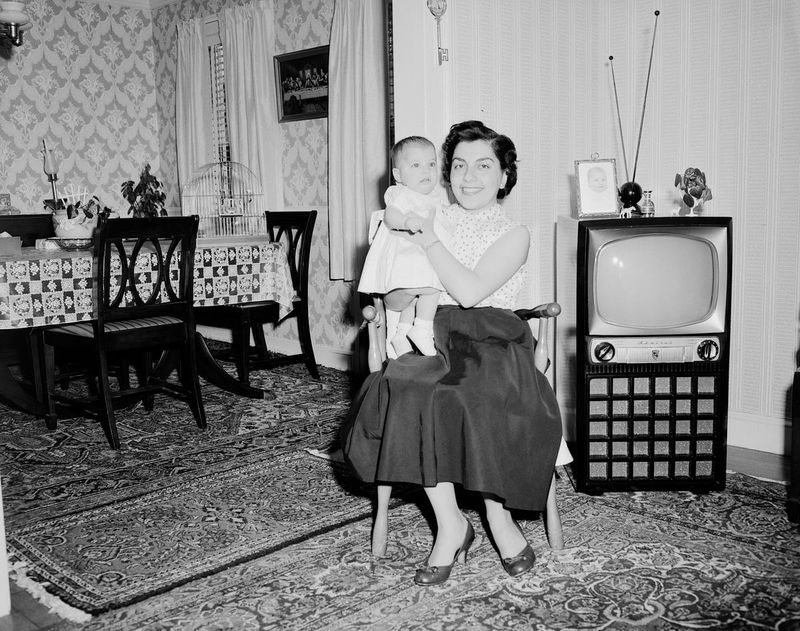
Decisions, decisions… but not for the little woman! The ’50s family structure was less partnership and more benevolent dictatorship. The husband’s authority as head of household wasn’t just tradition—it was enshrined in law, religious teaching, and social expectation.
My grandmother once told me how she secretly wanted to paint their living room yellow. When she timidly suggested it, my grandfather vetoed the idea without discussion. End of story—the walls stayed beige for another decade. Women were expected to defer to their husbands on everything from financial decisions to children’s discipline to what movie to watch on Saturday night.
Magazines reinforced this hierarchy with articles like “How to Let Your Husband Think He’s in Charge” (while subtly influencing him). The very notion that women might need manipulative tactics to have any say in their own homes speaks volumes about the power imbalance considered normal and healthy back then.
10. Dress in Skirts and Dresses Exclusively

Pants? On a lady? Clutch those pearls! The fashion police of the ’50s had strict rules, and women in trousers was a major violation. My mother still remembers being sent home from school for wearing slacks during a cold snap—the principal called it “inappropriate attire for young ladies” despite the below-freezing temperatures.
Daily life meant navigating the world in restrictive pencil skirts, managing stockings that snagged on everything, and somehow keeping crinolines from showing your undergarments when sitting. Women wore dresses to vacuum, garden, and even while sick in bed! The rare exception might be extremely casual at-home moments, but even then, women often wore skirts.
Some restaurants, clubs, and workplaces explicitly banned women in pants. Dress codes specified “appropriate female attire” which invariably meant skirts. Katharine Hepburn was considered wildly rebellious for her trouser-wearing ways—an actual fashion outlaw by ’50s standards!
11. Ask Husband’s Permission to Cut Their Hair
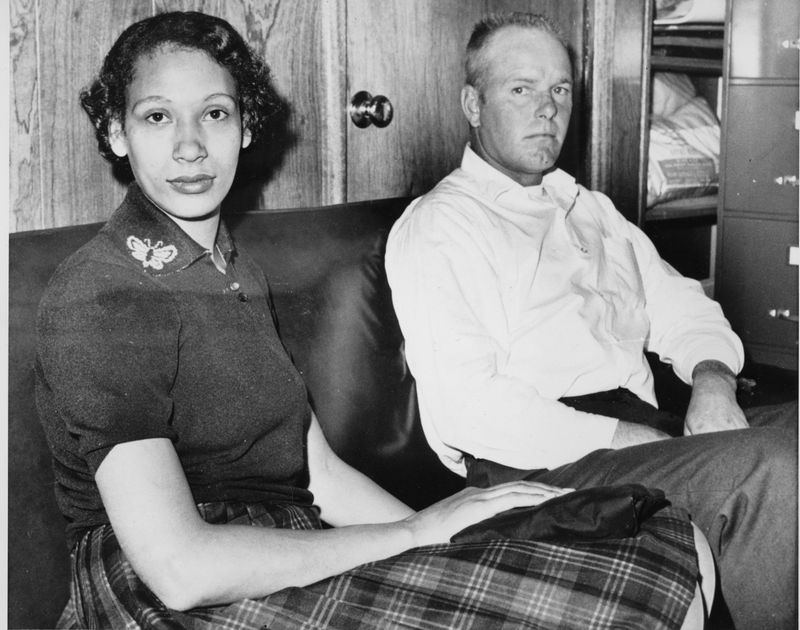
Snip-snip? Not without hubby’s approval! A woman’s crowning glory wasn’t really hers to style as she pleased. Before booking that salon appointment for a trendy bob, she needed her husband’s blessing—after all, he was the one who had to look at her!
My aunt wanted a pixie cut like Audrey Hepburn in “Roman Holiday,” but Uncle Joe forbade it, insisting that short hair wasn’t feminine enough. She kept her waist-length locks for another 15 years until he finally relented. Women’s magazines reinforced this ownership concept with articles titled “Will Your Husband Like Your New Hairdo?” rather than “Will YOU Like Your New Hairdo?”
The control extended beyond length to color as well. Dyeing hair was considered slightly scandalous, and women needed explicit permission to alter their natural shade. One 1956 hairstyling guide advised: “Always consult your husband before making drastic changes—his preference should guide your choice.“
12. Tolerate Normalized Workplace Harassment
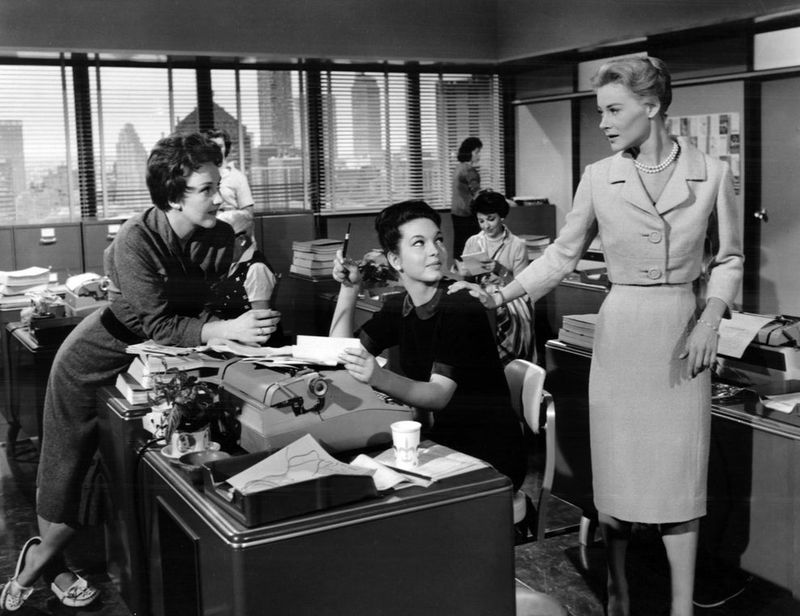
“Smile, sweetheart!” The office environment was a minefield of unwanted advances, inappropriate comments, and casual groping—all considered perfectly normal workplace behavior. My mother’s first job interview in 1959 included the manager asking about her marital plans because “we don’t want to train someone who’ll just leave to have babies.”
Job advertisements openly specified physical attributes: “Attractive young woman wanted for secretary position” or “Pleasant appearance required.” Women were routinely hired based on looks rather than qualifications. The term “sexual harassment” didn’t even exist yet—unwanted advances were dismissed as “boys being boys” or “compliments” women should appreciate.
Female employees were expected to laugh off bottom-pinching, endure comments about their figures, and accept that male colleagues might “accidentally” brush against them in hallways. Complaining marked you as uptight or troublesome, potentially ending your career prospects entirely. The boss’s wandering hands were just another workplace hazard like paper cuts.
13. Give Up Higher Education for Marriage
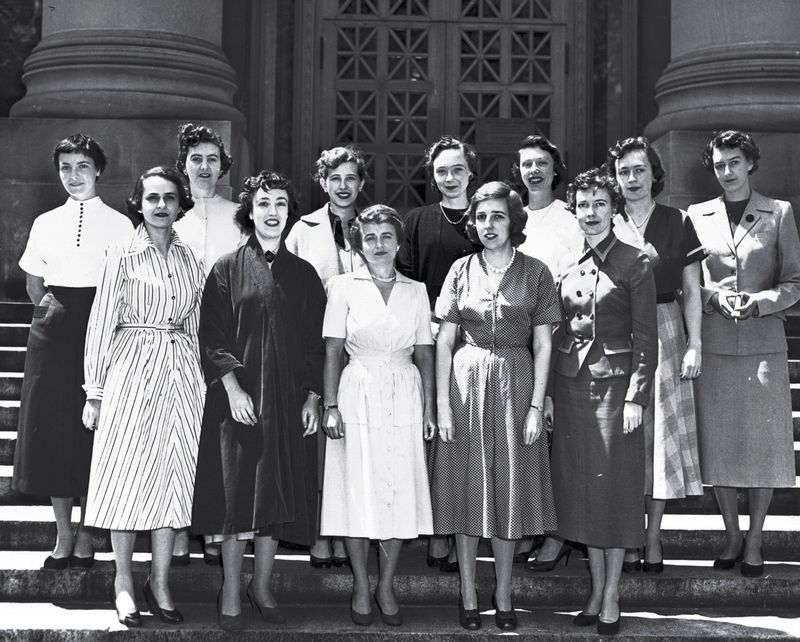
MRS degree, anyone? College was often viewed as husband-hunting grounds rather than educational opportunities for women. My mother’s college roommate dropped out three months before graduation when her boyfriend proposed—her parents considered this a success story!
“Why waste an education on a girl who’ll just get married?” This sentiment wasn’t just whispered in homes—it was openly discussed in academic settings. Women who persisted in pursuing advanced degrees were often viewed with suspicion. Were they unmarriageable? Lacking feminine qualities? Too ambitious for their own good?
Even women who completed degrees faced pressure to shelve their diplomas along with their maiden names. My aunt earned a chemistry degree in 1954 but never worked in the field because her husband felt it would reflect poorly on his ability to provide. Instead, she channeled her scientific mind into creating the perfect angel food cake recipe—a real waste of talent that still makes me fume!
14. Keep House Spotless Without Modern Appliances
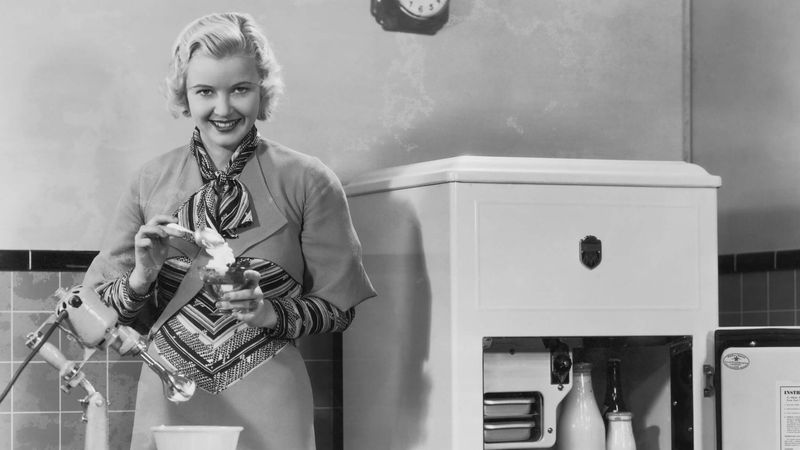
Elbow grease was a housewife’s best friend! Before our modern cleaning marvels, women spent backbreaking hours maintaining those picture-perfect homes. My grandmother’s Monday washday started at dawn with hauling water, scrubbing clothes on a washboard, feeding them through hand-cranked wringers, and hanging everything to dry—rain or shine.
Vacuum cleaners existed but were heavy, inefficient beasts compared to today’s models. Floors required daily sweeping and weekly hand-scrubbing on hands and knees. Windows needed vinegar solutions applied with newspaper for a streak-free shine. Dusting wasn’t a quick swipe but a detailed process of removing, cleaning, and replacing every knick-knack.
The kicker? This labor-intensive housekeeping wasn’t considered “real work.” When women complained of exhaustion, they were often reminded that their husbands did the “actual work” by leaving the house. The 1950s housewife averaged 80+ hours weekly of physical labor without overtime, benefits, or even acknowledgment that she was working at all!
15. Pretend to Be Less Intelligent Than Their Husbands
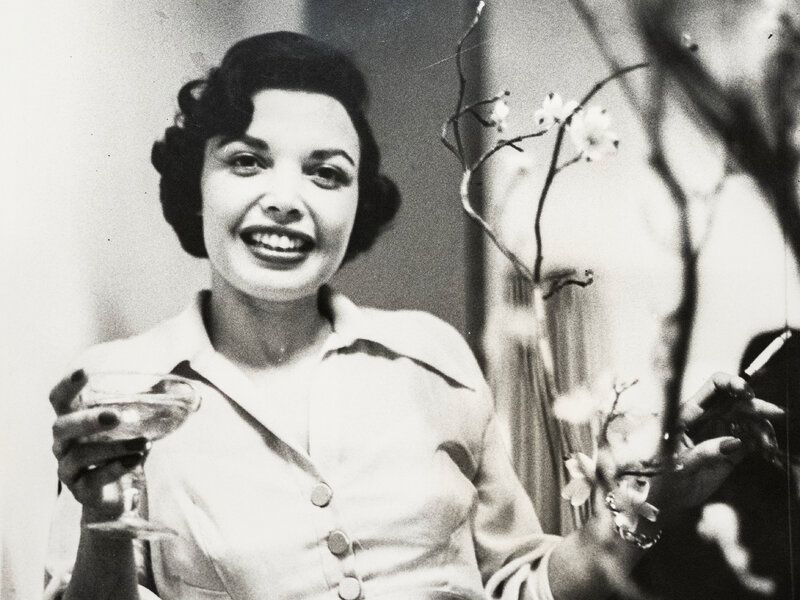
Playing dumb wasn’t just a strategy—it was practically required coursework for married women! “Men don’t make passes at girls who wear glasses” went the saying, and intellectual prowess was considered equally unfeminine. I found my grandmother’s college diploma hidden in an attic trunk, while my grandfather’s hung prominently in his den.
Women’s magazines actually published articles with titles like “How to Let Him Think He’s Smarter” and “Don’t Outsmart Your Man.” The advice? Ask his opinion constantly, never correct his mistakes publicly, and express wide-eyed wonder at his knowledge—even if you knew more about the subject.
My brilliant aunt, who quietly solved the crossword puzzle each morning, would later watch my uncle struggle with it and exclaim, “Oh my, you’re so clever to figure out 12-across!” when he finally got the answer she’d known hours earlier. This intellectual dimming wasn’t just annoying—it prevented countless women from contributing their full capabilities to society.
16. Endure Medical Decisions Made Without Their Consent
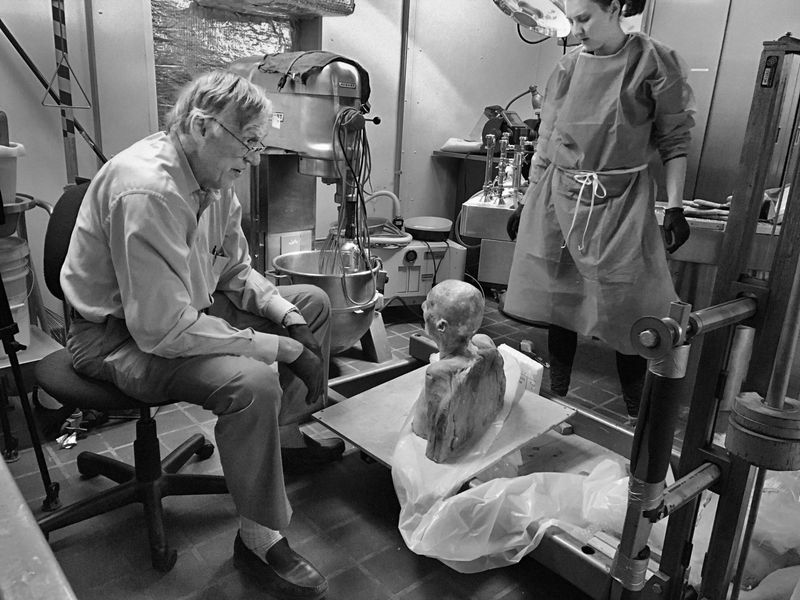
Doctor knows best—especially when consulting with your husband instead of you! Women’s medical autonomy was practically nonexistent in the fabulous fifties. My aunt went in for a “routine female procedure” and woke up missing her uterus—her husband had authorized a hysterectomy without her knowledge because the doctor suggested it would “settle her nerves.”
Doctors routinely prescribed tranquilizers for “female hysteria” (which could mean anything from legitimate depression to simply expressing opinions too forcefully). Women weren’t given full information about their conditions or treatment options. Birth control was illegal in many states until the 1960s, even for married women, meaning they couldn’t control their own reproductive choices.
The medical establishment viewed women as inherently unstable and emotional creatures incapable of making rational healthcare decisions. Husbands or fathers were consulted on everything from minor procedures to major surgeries, with the woman herself often treated as a child-like bystander in discussions about her own body.
